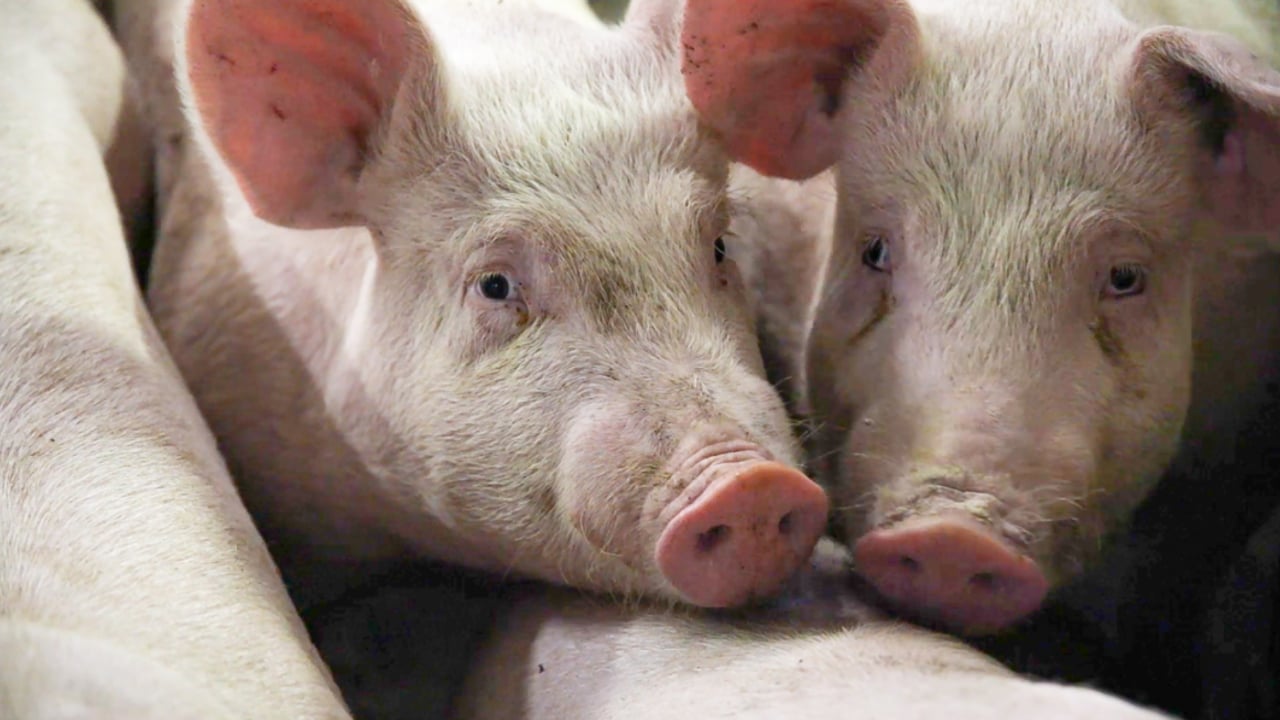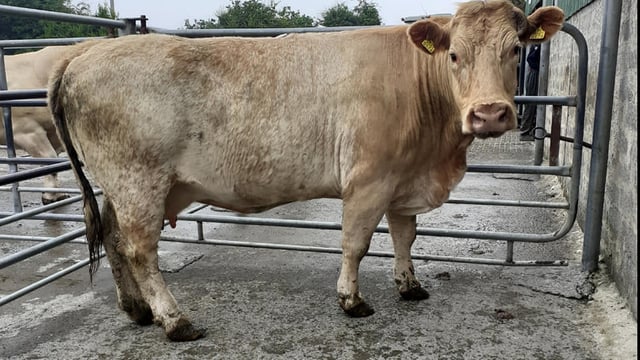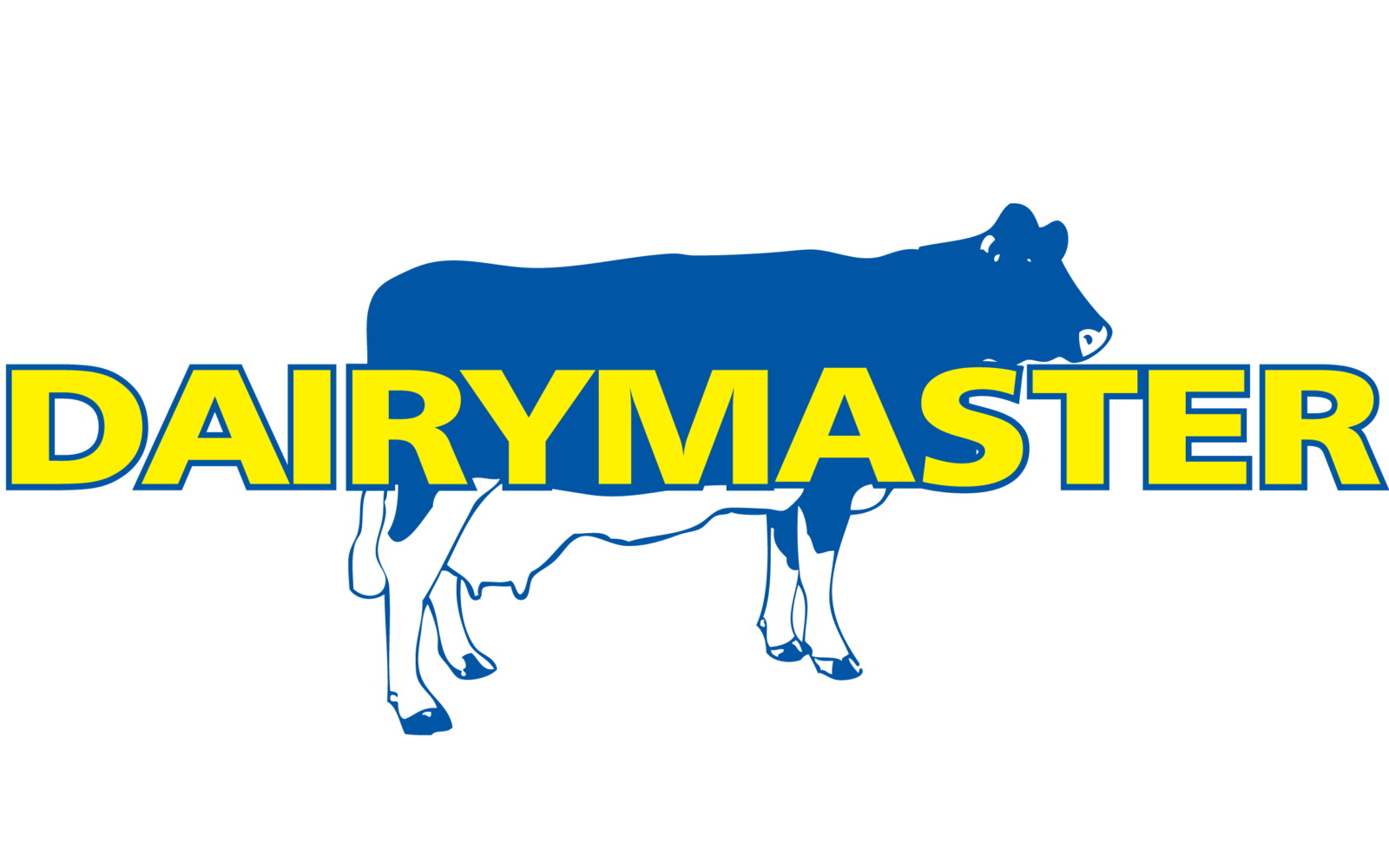Better biosecurity required on pig farms to cope with new veterinary medicines rules
While the standard of external biosecurity is very high on Irish pig farms, internal biosecurity i.e. the ability to break the circulation of pathogens that are already present on the unit, usually requires improvement.
This is according to Dr. Allison Kirwan, a veterinary practitioner with Highfield Veterinary Group, who specialises in pig health.
Animal Health Ireland (AHI)-funded biosecurity assessments, carried out by specially trained vets, have helped verify that high external biosecurity standards are usually present on Irish pig farms.
However, internal biosecurity measures, especially on those pig farms that use in-feed medication, need to be more closely analysed with "all potential shortcomings identified and addressed as practically as possible".
According to Dr. Kirwan, this is a key issue for pig farmers who are preparing for life after January 2022, when new laws governing the prescribing and dispensing of veterinary medicines come into effect.
"Most antimicrobials administered to pigs are given via the oral route, achieved by inclusion directly, or indirectly, into the final dry or liquid feed mix, or by adding to the drinking water," she said.
"They also become more vulnerable to infections around this time, due to losing the bulk of the maternal antibodies that they ingested from mother’s colostrum, within the first hours of life."
Implications of the new Veterinary Medicines Regulations include a reduction in the total use of antimicrobials on pig farms, since group prophylactic (preventative) treatments will be prohibited.
Prophylactic treatment of pigs has tended to take place at critical points in the pig’s lifecycle, when disease would be most likely to occur, such as after weaning or following movement and mixing into new accommodation, said Dr. Kirwan.
On most commercial pig units, pigs are born every week, so each farmer must learn how to best control the unique circumstances on their farm, whether multi-site or single-site, depending on:
"This experience allows them to more accurately predict what diseases and clinical signs are likely to arise, at which point in the pigs’ life.
But this will change and that is why internal biosecurity is crucial.
"As its most basic, emphasis should be placed on strict batch production, including physical separation of different age groups, with thorough cleaning, disinfection, and down time in between each batch," said Dr. Kirwan.
"In particular, the spread of gastrointestinal pathogens, arising due to direct contact with faeces, can be greatly curtailed when hygiene and batch flow are improved."
Because of their immunosuppressive modes of action, certain viruses will allow other pathogens, including bacteria, to become more problematic.
Dr. Kirwan explained:
"Suboptimal vaccination programmes will allow the recirculation of viruses and bacteria, contributing directly and indirectly to the need for antimicrobials," she added.
"In the case of PRRS, if only the breeding herd is vaccinated, then piglets become susceptible to disease once mother’s antibodies wane, around late first stage or second stage.
"Virus can then successfully replicate in the grow/finisher population, with direct negative implications for their growth rate, feed conversion efficiency and with increased susceptibility to other respiratory diseases, mortality, and the likelihood for antimicrobial treatment," said Dr. Kirwan.
She added:
Administered at strategic points in life, antimicrobials will continue to play an important role in controlling endemic bacterial diseases on pig farms, with important economic and welfare implications, according to Dr. Kirwan.
"However, farmers are becoming more aware of the importance of the other factors that must be fully implemented to prevent diseases from becoming clinically significant."
New veterinary medicine regulation changes mean that pig farmers will be obliged to more closely scrutinise all the fundamental factors that constitute good internal biosecurity and management.
"A ‘one size fits all’ solution does not exist, and it will take time to learn what approach works best for each unit.
"More inclusive and meaningful veterinary participation at farm level is required to give pig farmers the confidence they need to farm sustainably and consistently, with minimal future reliance on antimicrobials," said Dr. Kirwan.






